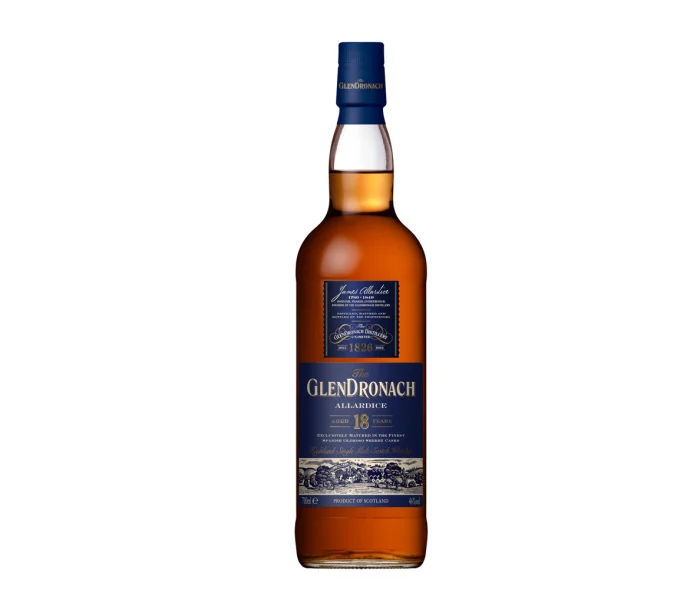In the world of spirits, whiskey has become increasingly popular. However, there seems to be some confusion about what whiskey actually is. While most people know that Scotch is indeed a type of whisky (note the spelling difference), and some are aware that bourbon doesn’t necessarily have to originate from Kentucky, there remains a degree of uncertainty beyond these points.
What used to be crafted by a handful of distilleries shrouded in mist in Scotland and Kentucky has now become a global phenomenon, with whiskey production occurring in diverse locations, from Taiwan to San Diego. What was traditionally distilled from a select few grains has also evolved to include ingredients ranging from amaranth to quinoa. But don’t let this diversity overwhelm you. If you’re eager to become a connoisseur of whiskey, it’s best to start with these fundamental concepts.
Scotch
Crafted from a mixture of water, yeast, and malted barley, then patiently matured in oak casks for a minimum of three years, whiskey can either be a harmonious blend of multiple distilleries’ creations or stand as a “single malt,” hailing from a single distillery. While single malts can originate from various regions, only those produced in Scotland can rightfully bear the name Scotch. Although there are exceptional blends like Johnnie Walker Blue Label, the spotlight is now on single malts. While prices may be soaring, there are still superb yet affordable options. Consider The Balvenie DoubleWood 12-Year-Old: boasting nutty and creamy notes, it’s an excellent choice, priced at around $50.
Bourbon
Predominantly crafted from corn and matured in fresh oak barrels, bourbon remains primarily associated with Kentucky, although a burgeoning number of artisanal, small-batch distilleries have sprouted well beyond the Bluegrass State. Bourbon continues to offer exceptional value, with options like Heaven Hill’s Elijah Craig 12-Year-Old, a lively and dry whiskey featuring delightful nuances of cola and toast, available for approximately $40.
Rye
Similar to bourbon, but primarily comprised of rye rather than corn, rye whiskey has historical roots dating back to colonial times. In fact, George Washington was the proprietor of one of the United States’ most extensive rye distilleries. After Prohibition, rye whiskey nearly faded into obscurity but is now experiencing a resurgence due to its unique flavor profile. For a fine rye whiskey, consider trying Sazerac, which offers a relatively mellow character yet surprises the palate with a refreshing minty zest, available for around $40.
Elijah Craig 21-Year-Old Single Barrel:
Every year Heaven Hill releases a limited-edition bottling of its Elijah Craig bourbon. This bourbon is full of complex flavors— notably baking spices and burnt sugar—befitting a whiskey that has spent 20 years on wood.

Highland Park 18-Year-Old:
Experts tussle over whether this is the best single malt in the world. At the end of the day, everyone agrees it’s damn good, balanced in its oak, smoke, and sweet notes.

GlenDronach Allardice 18-Year-Old:
Everyone talks about the single malts from Macallan these days, but like Four Roses versus Pappy, many insiders prefer GlenDronach. This one’s finished in sherry barrels; look for fudge and stewed fruit notes.

